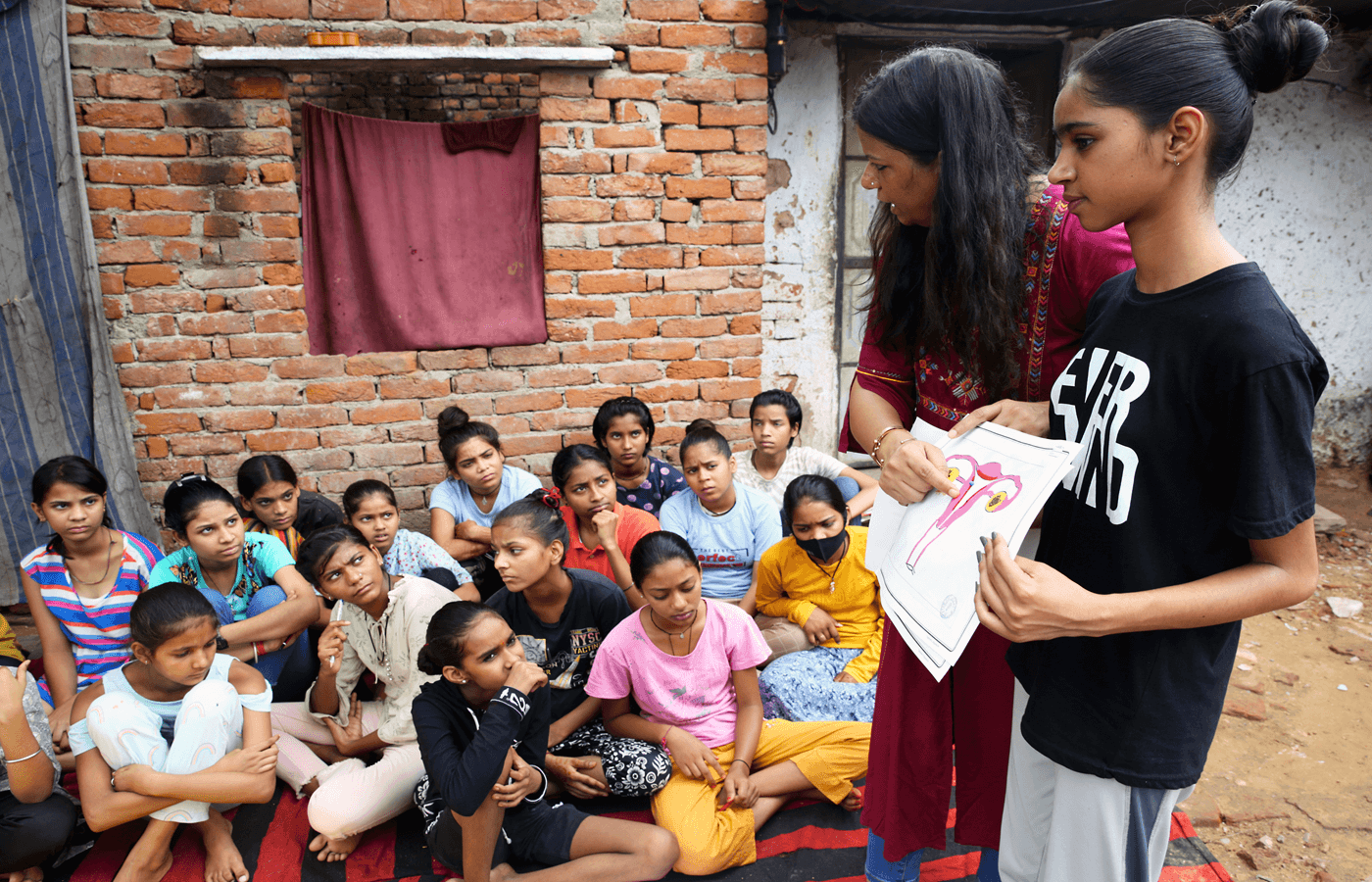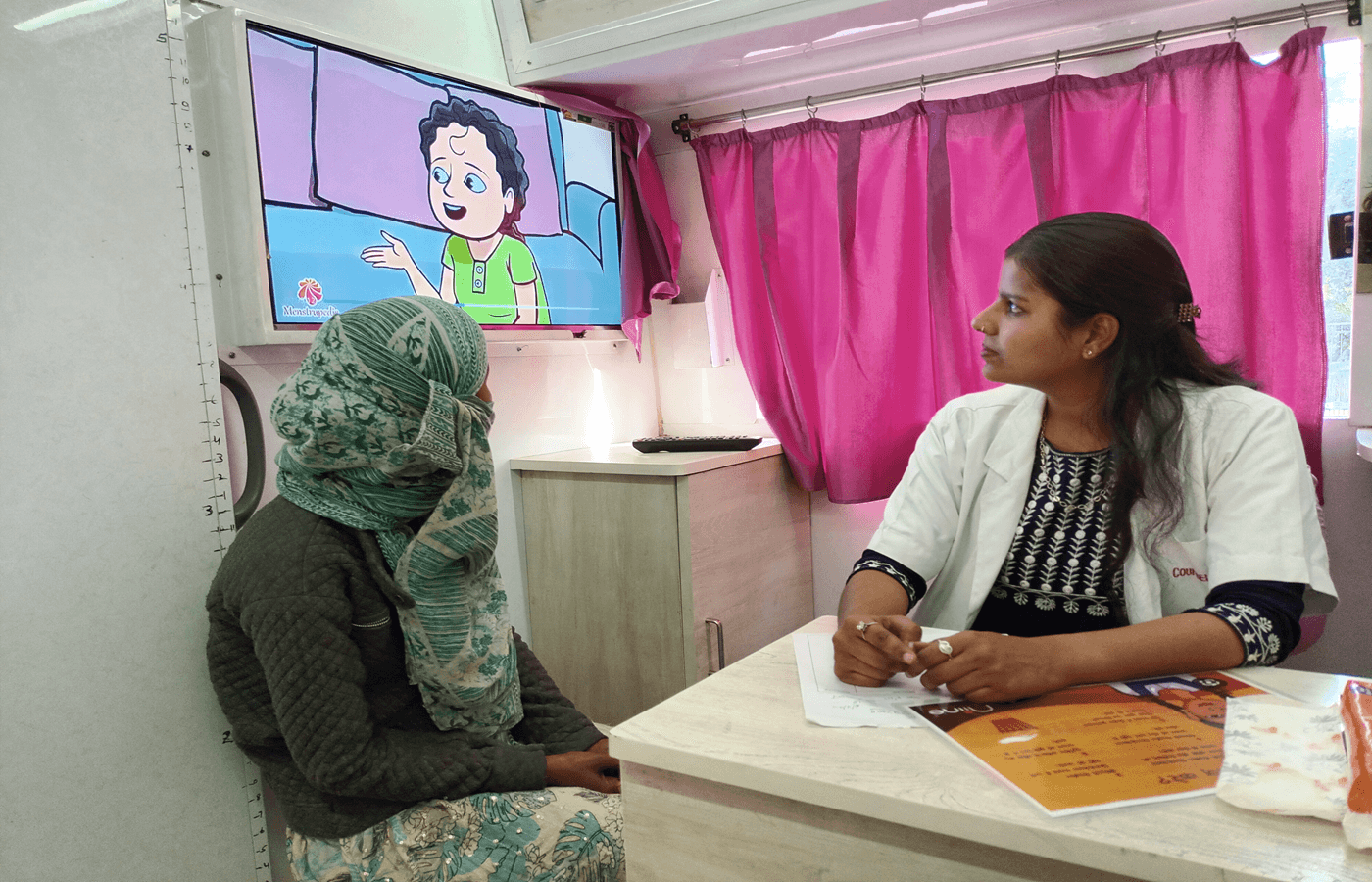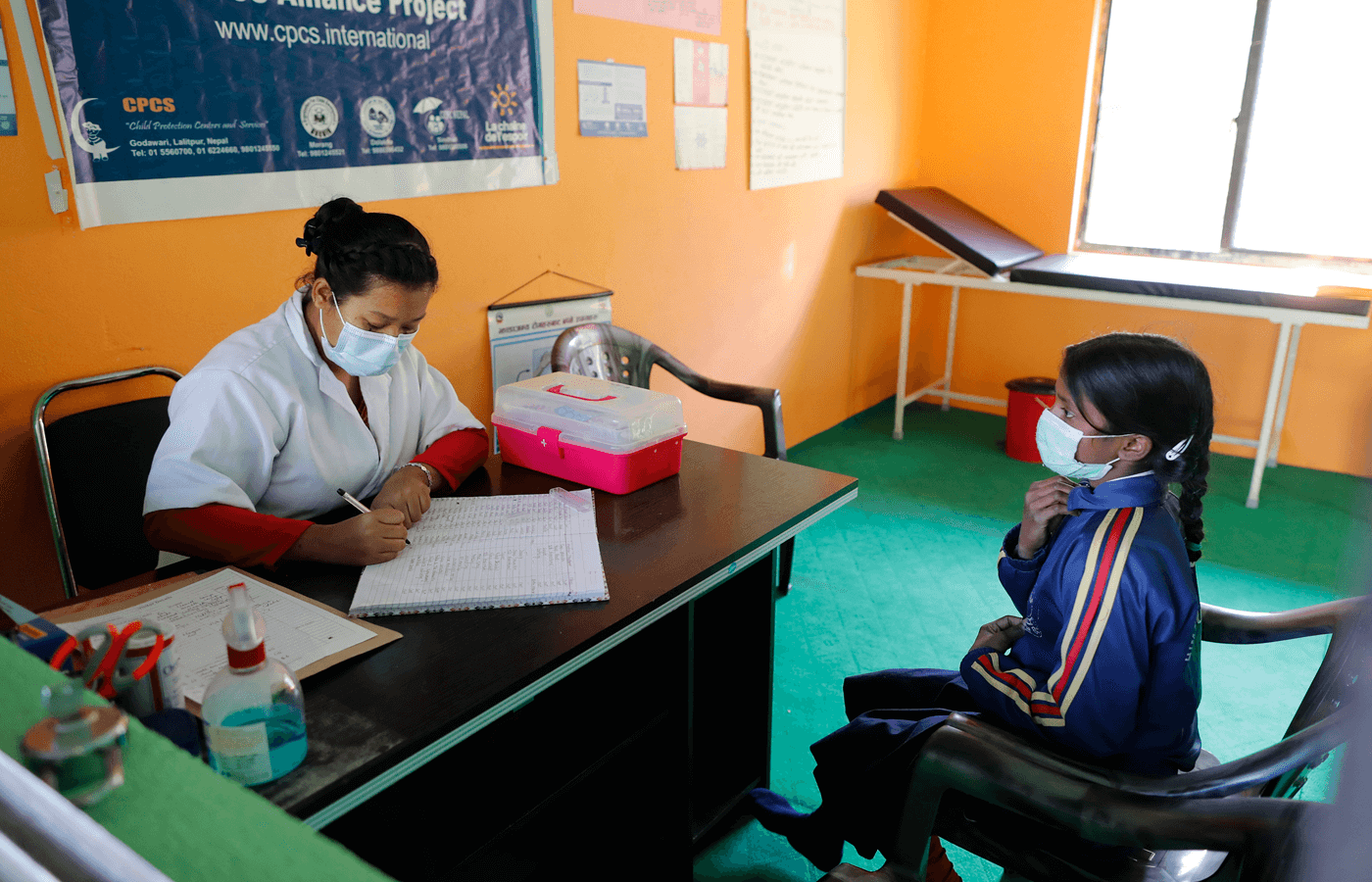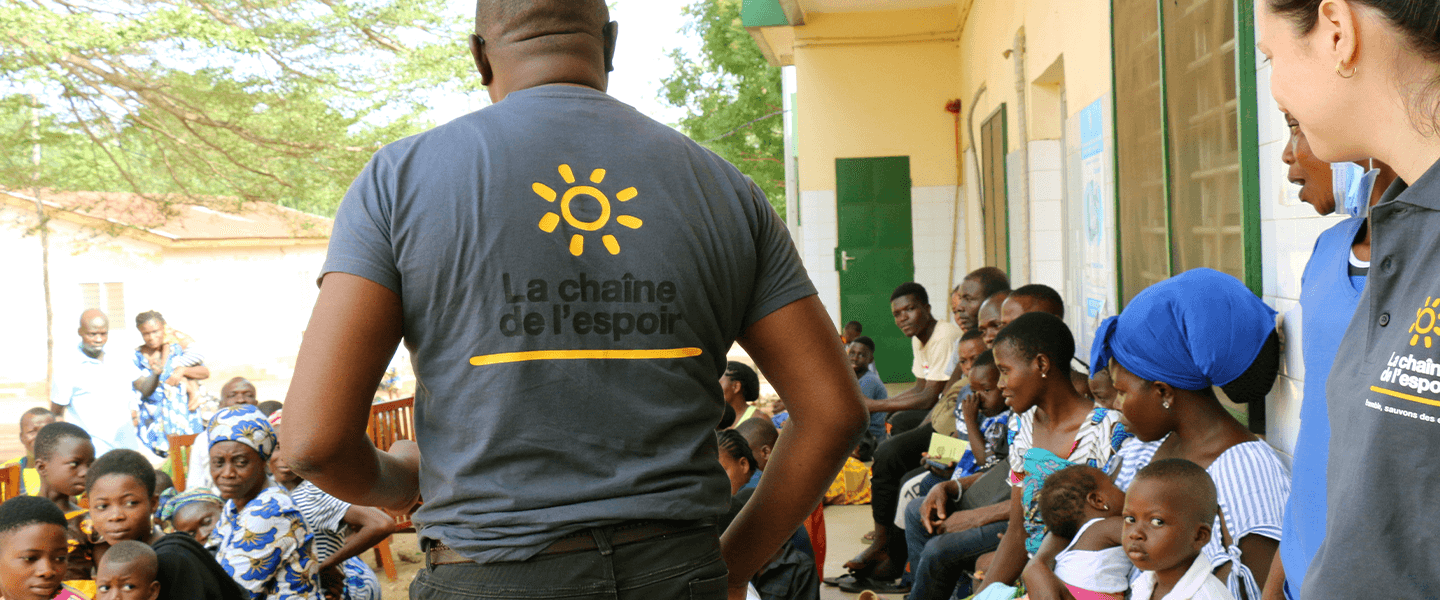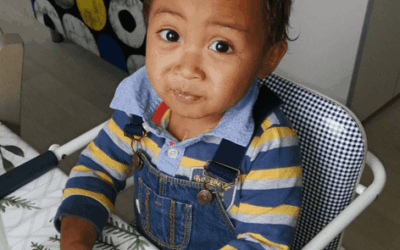World Day Against Child Labour
Every year on June 12, the World Day Against Child Labor highlights the fact that some 160 million children worldwide are still forced to work in extremely difficult conditions, according to theILO.
This figure underlines the urgent need for action, as many children are deprived of access to education and adequate protection, making it essential to put in place solutions to offer them a more secure and fulfilling future.
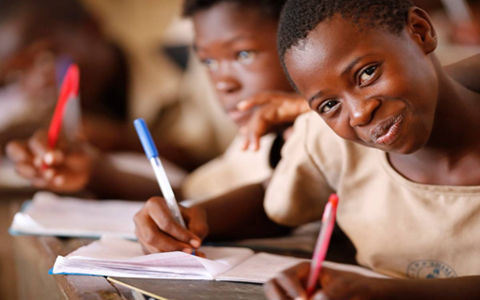
What is Child Labor Day ?
The aim of this day is to raise awareness of the critical situation of millions of children forced to work, sometimes in dangerous conditions, compromising their health, their development and their fundamental right to a protected childhood. These children work in risky environments, such as agriculture, mines or workshops, threatening their health.
However, it is important not to forget that child labor is not limited to the so-called “hazardous” sectors. Domestic work, often invisible, is also a serious form of exploitation. Many children, especially girls, are forced to work as domestic servants, where they perform household chores and are sometimes subjected to physical, sexual and psychological abuse. These forms of work condemn them togive up the opportunity to learn, to develop and to live a free and unspoilt childhood. This exploitation is particularly prevalent in sub-Saharan Africa, South and South-East Asia, and parts of Central America and the Pacific, often in contexts of extreme poverty.
The aim is to strengthen child protection laws, in particular ILO Convention 182 prohibiting the worst forms of child labor, and Convention 138 setting the minimum working age, to ensure a future where children are protected from all forms of exploitation.
The latter provides for several age thresholds, depending on the type of activity concerned:
- 13 years: authorization for light work, with no negative effect on schooling or health.
- 14: possible in certain countries, depending on their economic situation.
- 15: usual minimum age for employment.
- 16 years: possible in supervised cases, with appropriate protection and training.
- 18: threshold for work considered dangerous or harmful.
What actions are carried out in support of World Day Against Child Labor?
Every year, the World Day Against Child Labor is an opportunity to speak out andtake action to put an end to this exploitation. The day is accompanied by awareness-raising campaigns, events and mobilizations designed to highlight the reality of child labor around the world. A variety of actions are taken to provide concrete responses to the problem:
- Getting children back to school in the most exposed regions,
- Strengthen child protection systems,
- Make communities and governments aware of the importance of combating child exploitation,
- Promote economic alternatives for families living in poverty, to reduce dependence on child labor.
NGOs and international organizations play a key role in supporting actions that promote lasting change, notably by ensuring access to free education for all, and by offering young girls, for example, educational programs adapted to their needs, in order to provide them with opportunities for emancipation and autonomy. It’s a fight to break the cycle of exploitation and offer every child a brighter future.
The date of Child Labor Day
The World Day Against Child Labor, celebrated every June 12 since 2002, was established by the ILO to combat the exploitation of children worldwide. It evokes the appeal launched on June 12, 1999 by a group of children in Nepal. Subjected to extremely harsh working conditions, they called for an end to child exploitation. This day encourages the international community to take action to guarantee every child a protected childhood, free from forced labor.
What can you do to mark World Day Against Child Labor?
On June 12, World Day Against Child Labor, global initiatives are launched by organizations such as theILO and the United Nations. These actions include conferences, awareness-raising campaigns and mobilizations to raise public awareness of the scale of child labor and encourage the implementation of sustainable solutions.
On a day-to-day basis, La Chaîne de l’Espoir takes concrete preventive action in the field, in particular to prevent young girls from dropping out of school, as they are more vulnerable to exploitation.
In Nepal, thanks to a partnership with Child Protection Centers and Services (CPCS), menstrual kits are supplied to teenage girls. They also benefit from awareness-raising campaigns aimed at enabling them to continue their studies during their periods.
In India, with the support of our local partner Taabar, we set up mobile clinics that help over 40,000 young girls every year, providing them with crucial information on menstrual hygiene and helping to break the taboos that hinder their access to education.
By linking health, education and protection, these initiatives make an effective contribution to preventing child labor.
